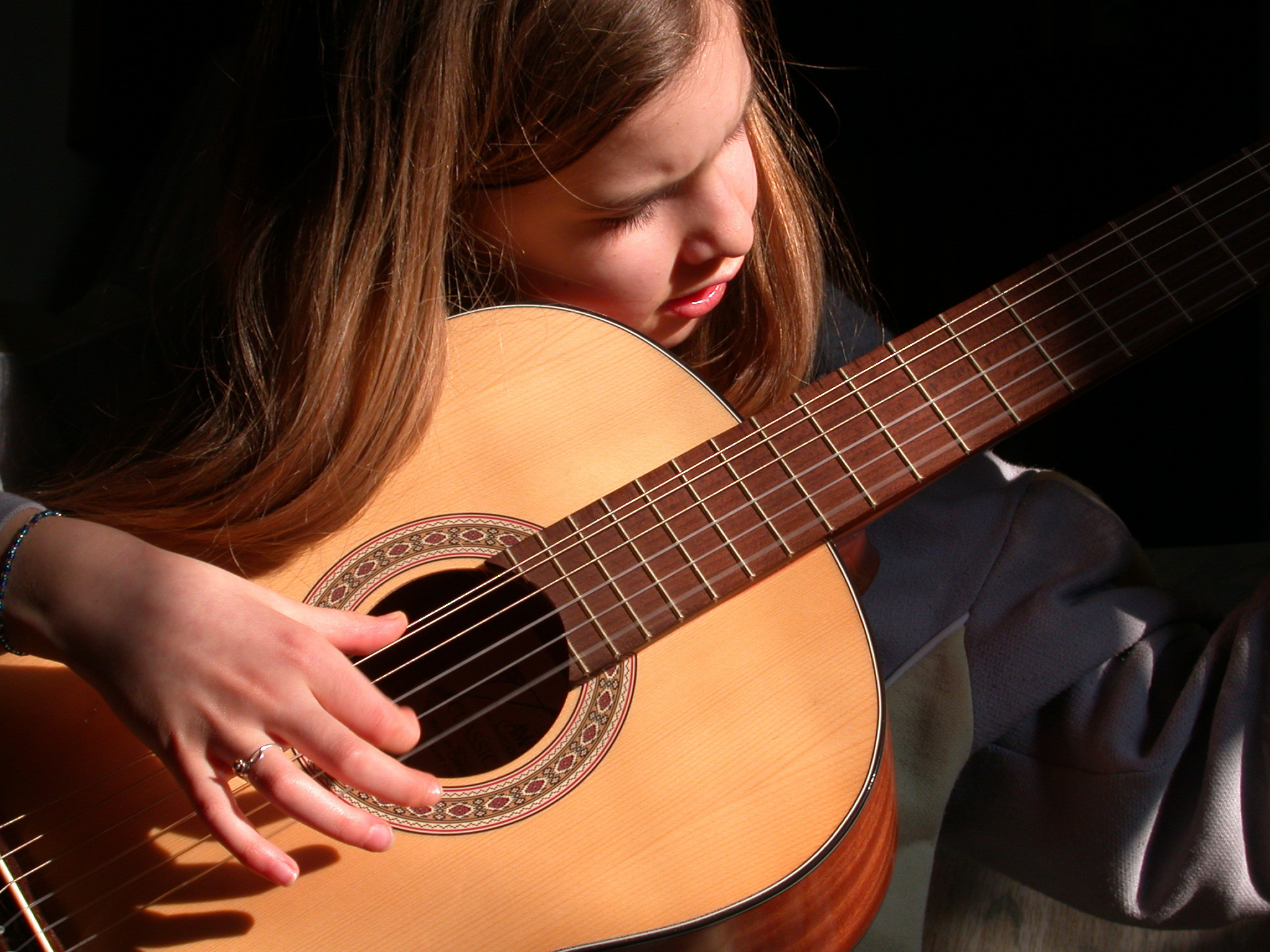|
K'ni
The k'ni, also known as ''mim'' or ''memm'' in Cambodia, popularly known as a mouth violin is a mouth resonator fiddle, i.e. a fiddle-like instrument used by the Jarai people in Vietnam and Tampuan people in Cambodia. Etymology ''K'ni'' is the common word for fiddle in the Jarai language. In Khmer, the mouth violon is referred to as the ''mim,'' which derives from the Khmer word meaning baby suckling or breastfeeding. In fact, the musician playing mouth violin makes movement resembles a child receiving breast milk. While it is sometimes referred to as a mouth violin, it should more properly be called a mouth resonator fiddle not to be confused with the European Jew's harp known in north-east England as the “Gewgaw,” a word possibly derived from the Swedish word “''munngiga'',” and German ''Maulgeige'' meaning “mouth fiddle.” History The earliest depictions of the mouth resonator fiddle have been identified on the bas-relief of the Bayon in Cambodia. The instrum ... [...More Info...] [...Related Items...] OR: [Wikipedia] [Google] [Baidu] |
Chordophone
In musical instrument classification, string instruments, or chordophones, are musical instruments that produce sound from vibrating strings when a performer strums, plucks, strikes or sounds the strings in varying manners. Musicians play some string instruments, like Guitar, guitars, by plucking the String (music), strings with their fingers or a plectrum, plectrum (pick), and others by hitting the strings with a light wooden hammer or by rubbing the strings with a bow (music), bow, like Violin, violins. In some keyboard (music), keyboard instruments, such as the harpsichord, the musician presses a key that plucks the string. Other musical instruments generate sound by striking the string. With bowed instruments, the player pulls a rosined horsehair bow across the strings, causing them to vibrate. With a hurdy-gurdy, the musician cranks a wheel whose rosined edge touches the strings. Bowed instruments include the string section instruments of the orchestra in Western classic ... [...More Info...] [...Related Items...] OR: [Wikipedia] [Google] [Baidu] |
Vietnamese Musical Instruments
Traditional Vietnamese musical instruments are the musical instruments used in the traditional and classical musics of Vietnam Vietnam, officially the Socialist Republic of Vietnam (SRV), is a country at the eastern edge of mainland Southeast Asia, with an area of about and a population of over 100 million, making it the world's List of countries and depende .... They comprise a wide range of string, wind, and percussion instruments, used by both the Vietnamese people, Viet () majority as well as the nation's List of ethnic groups in Vietnam, ethnic minorities. Strings Plucked * - monochord zither: often tuned C3, though tuning varies * - long-necked three-stringed lute with trapezoidal body: tuned G3 C4 * (also called , or ) - moon-shaped two-string lute: no fixed tuning; strings are tuned a 4th, 5th, or 7th (minor), derived from the Chinese * - two-string lute derived from the Chinese *''Đàn tam'' - fretless lute derived from the Chinese with snakeskin-cove ... [...More Info...] [...Related Items...] OR: [Wikipedia] [Google] [Baidu] |
Myanmar
Myanmar, officially the Republic of the Union of Myanmar; and also referred to as Burma (the official English name until 1989), is a country in northwest Southeast Asia. It is the largest country by area in Mainland Southeast Asia and has a population of about 55 million. It is bordered by India and Bangladesh to its northwest, China to its northeast, Laos and Thailand to its east and southeast, and the Andaman Sea and the Bay of Bengal to its south and southwest. The country's capital city is Naypyidaw, and its largest city is Yangon (formerly Rangoon). Early civilisations in the area included the Tibeto-Burman-speaking Pyu city-states in Upper Myanmar and the Mon kingdoms in Lower Myanmar. In the 9th century, the Bamar people entered the upper Irrawaddy River, Irrawaddy valley, and following the establishment of the Pagan Kingdom in the 1050s, the Burmese language and Culture of Myanmar, culture and Buddhism in Myanmar, Theravada Buddhism slowly became dominant in the co ... [...More Info...] [...Related Items...] OR: [Wikipedia] [Google] [Baidu] |
Continuous Pitch Instruments
Continuity or continuous may refer to: Mathematics * Continuity (mathematics), the opposing concept to discreteness; common examples include ** Continuous probability distribution or random variable in probability and statistics ** Continuous game, a generalization of games used in game theory ** Law of continuity, a heuristic principle of Gottfried Leibniz * Continuous function, in particular: ** Continuity (topology), a generalization to functions between topological spaces ** Scott continuity, for functions between posets ** Continuity (set theory), for functions between ordinals ** Continuity (category theory), for functors ** Graph continuity, for payoff functions in game theory * Continuity theorem may refer to one of two results: ** Lévy's continuity theorem, on random variables ** Kolmogorov continuity theorem, on stochastic processes * In geometry: ** Parametric continuity, for parametrised curves ** Geometric continuity, a concept primarily applied to the conic ... [...More Info...] [...Related Items...] OR: [Wikipedia] [Google] [Baidu] |
Bowed Instruments
Bowed string instruments are a subcategory of string instruments that are played by a bow rubbing the strings. The bow rubbing the string causes vibration which the instrument emits as sound. Despite the numerous specialist studies devoted to the origin of bowing, the origin of bowing remains unknown.Friedrich Behn, Musikleben im Altertum und frühen page 159 List of bowed string instruments Violin family * Cello (violoncello) * Pochette * Viola (altviol, bratsche) * Violin (violino) * Double bass (contrabasso) ;Variants on the standard members of the violin family include: * Baroque violin * Cello da spalla * Five string violin * Hardanger fiddle * Kit violin * Kontra * Låtfiol * Lira da braccio * Octobass * Sardino * Stroh violin * Tenor violin Viol family (Viola da Gamba family) * Alto viol * Bass viol * Tenor viol * Treble viol ;Variants on the standard four members of the viol family include * Baryton * Division viol * Lirone * Lyra ... [...More Info...] [...Related Items...] OR: [Wikipedia] [Google] [Baidu] |
Cellos
The violoncello ( , ), commonly abbreviated as cello ( ), is a middle pitched bowed (sometimes plucked and occasionally hit) string instrument of the violin family. Its four strings are usually tuned in perfect fifths: from low to high, C2, G2, D3 and A3. The viola's four strings are each an octave higher. Music for the cello is generally written in the bass clef; the tenor clef and treble clef are used for higher-range passages. Played by a '' cellist'' or ''violoncellist'', it enjoys a large solo repertoire with and without accompaniment, as well as numerous concerti. As a solo instrument, the cello uses its whole range, from bass to soprano, and in chamber music, such as string quartets and the orchestra's string section, it often plays the bass part, where it may be reinforced an octave lower by the double basses. Figured bass music of the Baroque era typically assumes a cello, viola da gamba or bassoon as part of the basso continuo group alongside chord ... [...More Info...] [...Related Items...] OR: [Wikipedia] [Google] [Baidu] |
Humming
A hum ( /hʌm/ ) Latin: murmur, The sound of giraffes humming () is a sound made by producing a wordless tone with the mouth closed, forcing the sound to emerge from the nose. To hum is to produce such a sound, often with a melody. It is also associated with thoughtful absorption, 'hmm'. A hum has a particular timbre (or sound quality), usually a monotone or with slightly varying tones. There are other similar sounds not produced by human singing that are also called hums, as the sound produced by machinery in operation, such as a microwave, or by an insect in flight. The hummingbird was named for the sound that bird makes in flight which sounds like a hum. Mechanics A 'hum' or 'humming' by humans is created by the resonance of air in various parts of passages in the head and throat, in the act of breathing. The 'hum' that a hummingbird creates is also created by resonance: in this case by air resistance against wings in the actions of flying, especially of hovering. H ... [...More Info...] [...Related Items...] OR: [Wikipedia] [Google] [Baidu] |
Sound Box
A sound box or sounding box (sometimes written soundbox) is an open chamber in the body of a musical instrument which modifies the sound of the instrument, and helps transfer that sound to the surrounding air. Objects respond more strongly to vibrations at certain frequencies, known as resonances. The frequency and strength of the resonances of the body of a musical instrument have a significant impact on the tone quality it produces. The air inside the chamber has its own resonances, and these interact with the resonances of the body, altering the resonances of the instrument as a whole. The sound box typically adds resonances at lower frequencies, enhancing the lower-frequency response of the instrument. The distinctive sound of an instrument with a sound box owes a lot to the alteration made to the tone. A sound box is found in most string instruments. The most notable exceptions are some electrically amplified instruments like the solid body electric guitar or the electric vio ... [...More Info...] [...Related Items...] OR: [Wikipedia] [Google] [Baidu] |
Bow (music)
In music, a bow () is a tensioned stick which has hair (usually horse-tail hair) coated in rosin (to facilitate friction) affixed to it. It is moved across some part (generally some type of strings) of a musical instrument to cause vibration, which the instrument emits as sound. The vast majority of bows are used with string instruments, such as the violin, viola, cello, and bass, although some bows are used with musical saws and other bowed idiophones. Materials and manufacture A bow consists of a specially shaped stick with other material forming a ribbon stretched between its ends, which is used to stroke the string and create sound. Different musical cultures have adopted various designs for the bow. For instance, in some bows a single cord is stretched between the ends of the stick. In the Western tradition of bow making—bows for the instruments of the violin and viol families—a hank of horsehair is normally employed. The manufacture of bows is considered a demandi ... [...More Info...] [...Related Items...] OR: [Wikipedia] [Google] [Baidu] |
Resonator
A resonator is a device or system that exhibits resonance or resonant behavior. That is, it naturally oscillates with greater amplitude at some frequencies, called resonant frequencies, than at other frequencies. The oscillations in a resonator can be either electromagnetic or mechanical (including acoustic). Resonators are used to either generate waves of specific frequencies or to select specific frequencies from a signal. Musical instruments use acoustic resonators that produce sound waves of specific tones. Another example is quartz crystals used in electronic devices such as radio transmitters and quartz watches to produce oscillations of very precise frequency. A cavity resonator is one in which waves exist in a hollow space inside the device. In electronics and radio, microwave cavities consisting of hollow metal boxes are used in microwave transmitters, receivers and test equipment to control frequency, in place of the tuned circuits which are used at lowe ... [...More Info...] [...Related Items...] OR: [Wikipedia] [Google] [Baidu] |
Palate
The palate () is the roof of the mouth in humans and other mammals. It separates the oral cavity from the nasal cavity. A similar structure is found in crocodilians, but in most other tetrapods, the oral and nasal cavities are not truly separated. The palate is divided into two parts, the anterior, bony hard palate and the posterior, fleshy soft palate (or velum). Structure Innervation The maxillary nerve branch of the trigeminal nerve supplies sensory innervation to the palate. Development The hard palate forms before birth. Variation If the fusion is incomplete, a cleft palate results. Function in humans When functioning in conjunction with other parts of the mouth, the palate produces certain sounds, particularly velar, palatal, palatalized, postalveolar, alveolopalatal, and uvular consonants. History Etymology The English synonyms palate and palatum, and also the related adjective palatine (as in palatine bone), are all from the Latin ''palatum' ... [...More Info...] [...Related Items...] OR: [Wikipedia] [Google] [Baidu] |
Jarai People
Jarai people or Dega (, , or ; , or , ) are an Austronesian people, Austronesian indigenous people and ethnic group native to Vietnam's Central Highlands (Vietnam), Central Highlands (Gia Lai Province, Gia Lai and Kon Tum Province, Kon Tum Provinces, with smaller populations in Đắk Lắk Province), as well as in the Cambodian northeast Province of Ratanakiri. During the Vietnam War, many Jarai persons, as well as members of other Montagnard (Vietnam), Montagnard groups (Khmer Loeu and Degar), collaborated with US Special Forces, and many were resettled with their families in the United States, particularly in North Carolina, after the war. The Jarai language is a member of the Malayo-Polynesian languages, Malayo-Polynesian branch of the Austronesian languages, Austronesian language family. It is related to the Cham language of central Vietnam and Cambodia and the Malayo-Polynesian languages, Malayo-Polynesian languages of Indonesia, Malaysia, Madagascar, Philippines and other ... [...More Info...] [...Related Items...] OR: [Wikipedia] [Google] [Baidu] |





